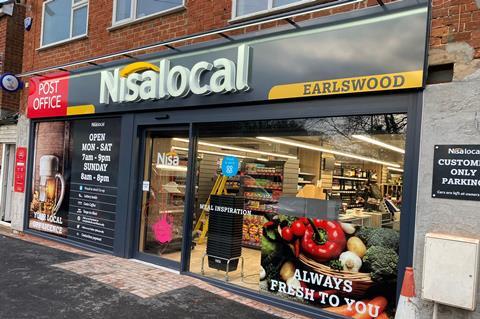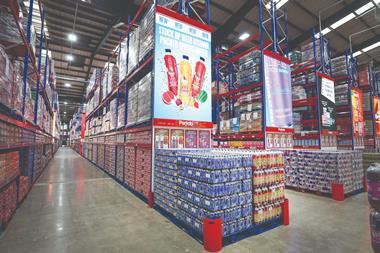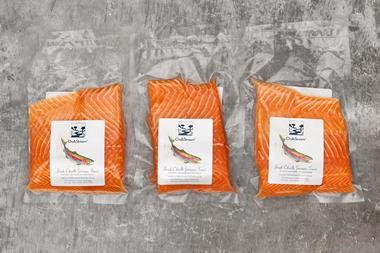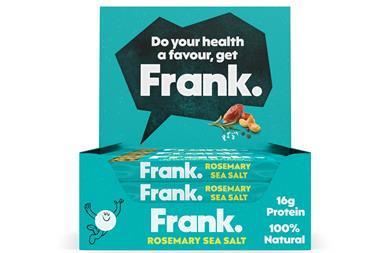
Nisa is relaunching its Local store format, The Grocer can reveal.
The symbol group’s head of format Darren May said it aimed to drive a bigger focus on sustainability, ranging and merchandising, and make the format more operationally efficient for retailers.
“We’re reinventing the Nisa Local format and its proposition to drive the modern-day consumer,” said May.
One key change means refill stations will now be included in the original store concept in a bid to make them an “integral part” of the store layout and offer. Retailers, however, can still opt to remove them if they feel it does not work for their store.
It will also be enhancing the Co-op own-label range by making better use of planograms and product placement. For example, a standard wine bay will be merchandised to showcase Co-op award-winning wines on the top shelf to draw in shoppers with an ‘eye level, buy level’ proposition.
“It’s about how we can use signage and display the product to emphasise these credentials,” said May. “It’s a different way of utilising the planograms than we’ve ever done before and displaying the brand so it doesn’t just sit with the core range, it enhances it far more.”
May added the business is also looking to bring a “new twist” to its food-to-go offer, by bringing a proposition into the new format that isn’t currently in the convenience market.
“This isn’t how can we do a fried egg in a different way, we want a proposition that isn’t in our market at all, to hone and really go to town on,” said May.
He explained he is working with core suppliers to see what the solution would look like, and pointed to Mexican food being “very up and coming”.
The new store format will also play a part in helping retailers to work more efficiently. The aim is to help retailers drive down costs in light of the inflationary pressures impacting their business by reducing the number of staff needed on site.
May did not yet reveal what plans he had yet, but said the idea was operationalised in the design of Nisa Express. He said the staff counter was placed in the middle of the store, rather than on the outer edge, so the staff worker could be in control of multiple elements of the shop, such as serving customers and keeping an eye on shop thieves.
The final product is to be revealed at its face-to-face Expo event in September. It will also show what the store would look like under HFSS restrictions, if the site fell under the criteria, for new recruits or existing retailers looking to convert to the format post-legislation.
May said he wanted to take the upcoming law as an opportunity to see how the business could re-engage shoppers in HFSS restricted areas, such as displaying compliant products similarly to how magazines are presented.
”It’s about using that space to display the product in a better way than we have done traditionally,” said May.
Nisa Local accommodates stores from 1,200 sq ft to 4,500 sq ft. Its largest format, Nisa Extra, is fit for stores from 3,500 sq ft to 6,500 sq ft. It can also accommodate larger sites which fall under the supermarket model. Its smallest store design, Nisa Express, caters more compact spaces of up to 1,000 sq ft.
May said retailers drawn to the larger store proposition had been losing momentum over the last few years due to the higher investment it requires. More stores are being brought in the smaller format, he said. The symbol group has so far launched 10 Nisa Express stores since it was launched in October 2020, and has set out to have 40 opened by the end of the year.



















No comments yet